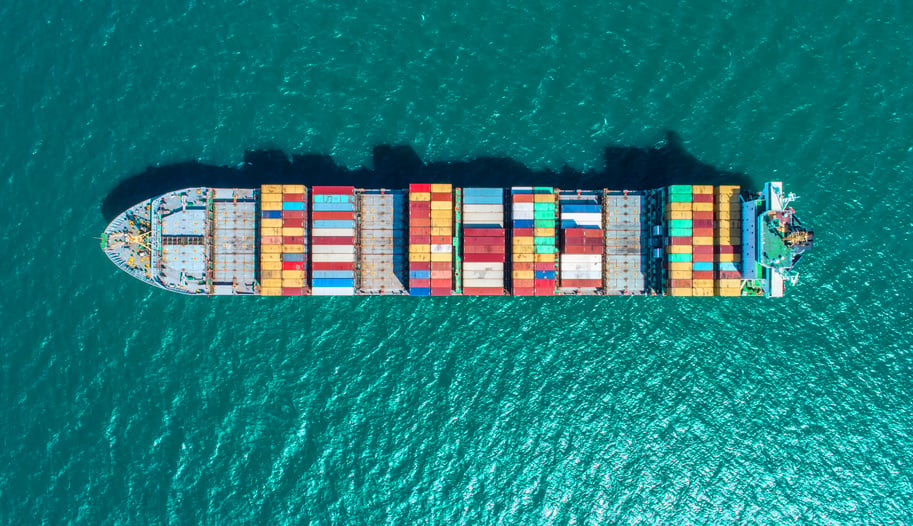On 8 March, President Trump signed two proclamations – one on steel imports and one on aluminum imports (available here and here). As expected, the president is imposing, as from 23 March 2018, an additional 25% duty on steel, and an additional 10% duty on aluminum, imported from all countries except Canada and Mexico. The proclamations foresee the possibility of exclusions for particular steel and aluminum product imports, and contemplate further discussions with U.S. allies regarding possible country exemptions. Affected users of imported steel and aluminum products may want to consider the utility and viability of seeking product exclusions for their imports.
Meanwhile, a number of U.S. trading partners have raised concerns regarding the proposed tariffs, and have mooted the possibility of safeguard measures that could affect imports of steel and aluminum into their markets as well as potential retaliatory measures against the United States
Steel
- The 25% additional duty will apply to “steel articles” imported from all countries except Canada and Mexico.
- “Steel articles” are defined by reference to Harmonized Tariff Schedule (HTS) 6-digit subheadings, as follows: “7206.10 through 7216.50, 7216.99 through 7301.10, 7302.10, 7302.40 through 7302.90, and 7304.10 through 7306.90, including any subsequent revisions to these HTS classifications”.
- The 25% additional duty will apply to articles entered, or withdrawn from warehouse for consumption as from 23 March 2018.
Aluminum
- The 10% additional duty will apply to “aluminum articles” imported from all countries except Canada and Mexico.
- “Aluminum articles” are defined by reference to Harmonized Tariff Schedule (HTS) classifications, as follows: “(a) unwrought aluminum (HTS 7601); (b) aluminum bars, rods, and profiles (HTS 7604); (c) aluminum wire (HTS 7605); (d) aluminum plate, sheet, strip, and foil (flat rolled products) (HTS 7606 and 7607); (e) aluminum tubes and pipes and tube and pipe fitting (HTS 7608 and 7609); and (f) aluminum castings and forgings (HTS 7616.99.51.60 and 7616.99.51.70), including any subsequent revisions to these HTS classifications”.
- The 10% additional duty will apply to articles entered, or withdrawn from warehouse for consumption as from 23 March 2018.
Provisions Applicable to Both Steel and Aluminum Duties
- Canada/Mexico exemptions: Imports from Canada and Mexico are exempted from the additional duties for now; the proclamation describes the special relationship the United States has with these countries and concludes that steel and aluminum imports from these countries should be exempted, but includes the qualifier “at least at this time”; this exemption may be tied to progress in NAFTA renegotiations and could be withdrawn by the president with little notice; also, the president makes clear his intention to exempt articles produced in Canada or Mexico, not to exempt articles transshipped through Canada or Mexico (e.g., one cannot avoid the additional U.S. duty by shipping steel or aluminum produced in China through Canada).
- Possible country exemptions: Countries with which the United States has “a security relationship” (e.g., allies, like the EU, Australia, Japan and Korea) are encouraged to discuss with the Administration “alternative ways to address the threatened impairment of the national security” presented by imports from those countries; this could possibly lead to a series of “voluntary-restraint-type” arrangements being negotiated where exporting countries agree to limit exports to certain levels to avoid the additional duties.
- Product exclusions: The proclamations foresee a petition-based, product exclusion process run by the Department of Commerce (with input from other agencies); the standard for exclusion will be whether the article (i) is produced in the United States “in a sufficient and reasonably available amount or of a satisfactory quality or (ii) is subject to specific national security considerations; petitions need to be filed by “a directly affected party located in the United States” (i.e., foreign suppliers do not qualify); Commerce is to issue formal procedures for this process by 18 March.
- Duration: The duties, which begin on 23 March 2018, are to remain in effect until “expressly reduced, modified, or terminated”.
These additional duties will have a meaningful impact on the market that will go well beyond producers and importers.
All businesses that utilize steel or aluminum in their products are expected to be affected. As a result, there are a number of steps all companies should be taking to assess the potential impact. For example, supply contracts should be reviewed (even for downstream – e.g., finished products) to determine whether cost increases due to increased customs duties can be passed on. Businesses should also be considering whether to apply for product exclusions. Although the exclusion application procedures will not be released for several days, companies should be preparing now; this exclusion process is expected to be similar, procedurally, to that being used currently in the Section 201 cases. Also, it is not clear whether exclusions will be granted with retroactive effect, so it would be advisable to submit petitions as early in the process as possible.
Several countries have expressed their displeasure with the imposition of these additional duties and intention to take action of their own. Likely actions range from challenging the U.S. duties at the World Trade Organization (a process that would take years), to imposing duties of their own. The duties of their own could take the form of “safeguard” duties to combat a likely increase in imports of steel and aluminum, as product that had previously been going to the United States seeks new markets, or retaliatory duties imposed on politically-sensitive imports from the United States (e.g., agricultural products, coal, motorcycles, bourbon, blue jeans).




